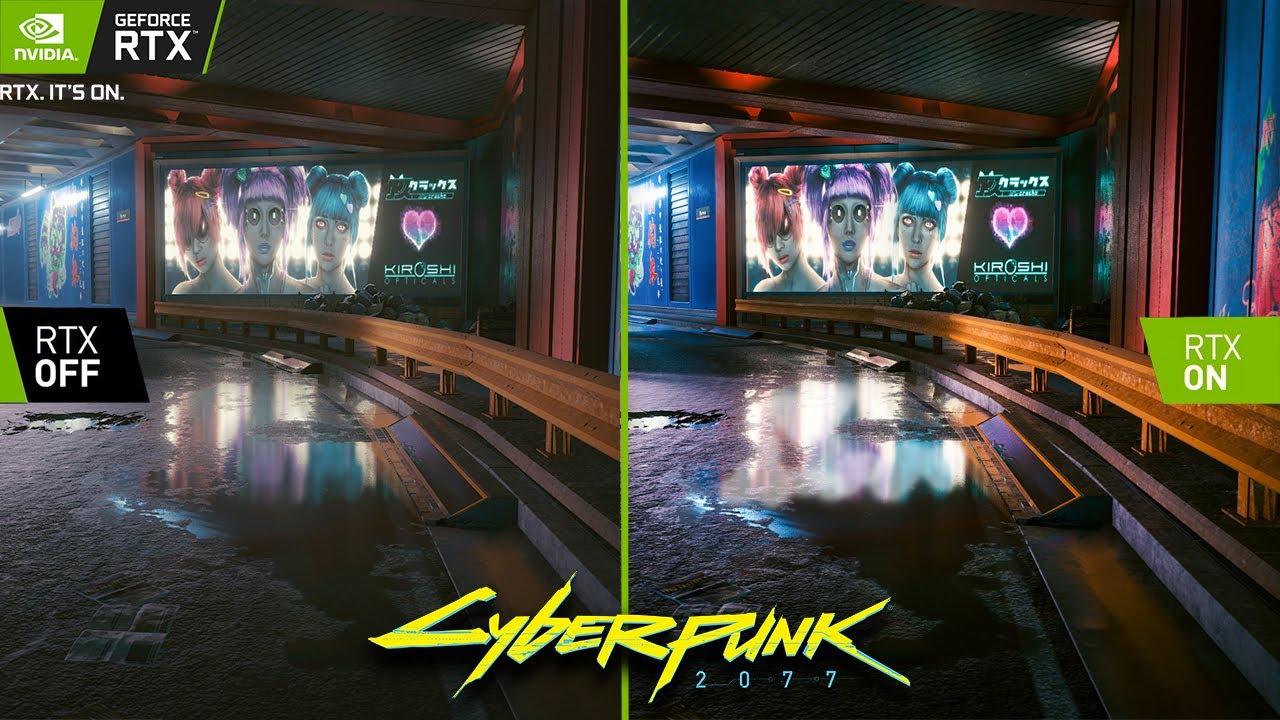RTX: The technology that drove the revolution
Ray tracing is a rendering technology that has revolutionized the way we create and view computer-generated graphics. It simulates the behavior of light in the real world, allowing for more realistic and accurate images.
Ray tracing works by tracing the path of light rays as they interact with objects in a scene. Each ray of light is traced from its sources, such as a light bulb or the sun, and then bounces off surfaces and objects in the scene before finally reaching the viewer's eye or camera.
The technology is particularly effective at simulating the effects of light and shadows in a scene. Ray tracing can accurately simulate the way light behaves when it passes through transparent or translucent objects, such as glass or water. It can also create realistic shadows and reflections that mimic the way light interacts with different surfaces.
One of the most significant advancements in ray tracing technology has been the introduction of real-time ray tracing. This technology allows for ray tracing to be used in video games and other real-time applications, where previously it was only feasible for use in pre-rendered content.
Real-time ray tracing has been made possible by the use of dedicated hardware, such as NVIDIA's RTX series of graphics cards, which are specifically designed to accelerate ray tracing calculations. This has allowed game developers to create more realistic and immersive environments, with more accurate lighting, shadows, and reflections.
Another major advantage of ray tracing technology is its ability to reduce the workload for artists and designers. With traditional rendering techniques, artists would have to manually create and place lights and shadows in a scene to create a realistic look. With ray tracing, these effects are automatically generated, allowing artists to focus on other aspects of their work.
In conclusion, ray tracing technology has revolutionized the way we create and view computer-generated graphics. Its ability to accurately simulate the behavior of light has allowed for more realistic and immersive environments in video games, movies, and other forms of digital media. With the continued development of real-time ray tracing and dedicated hardware, we can expect even more advanced and realistic graphics in the future.




.jpeg)
